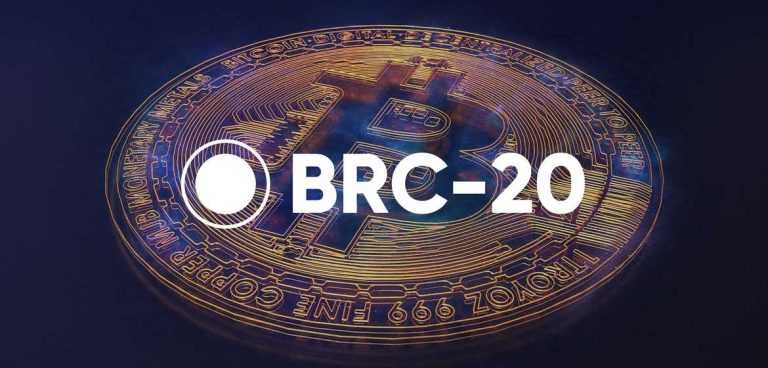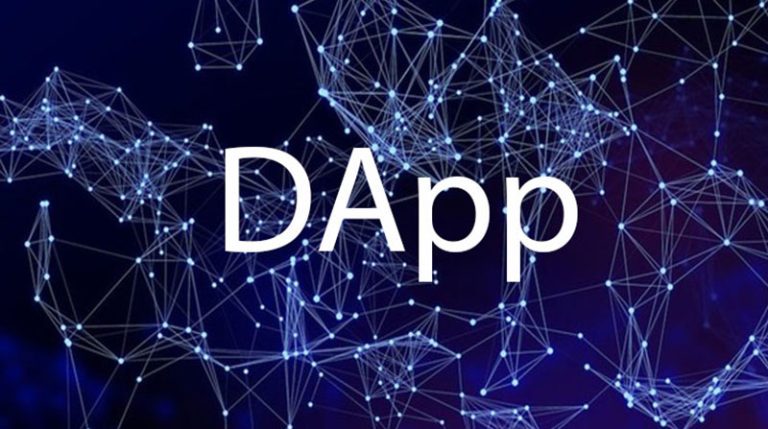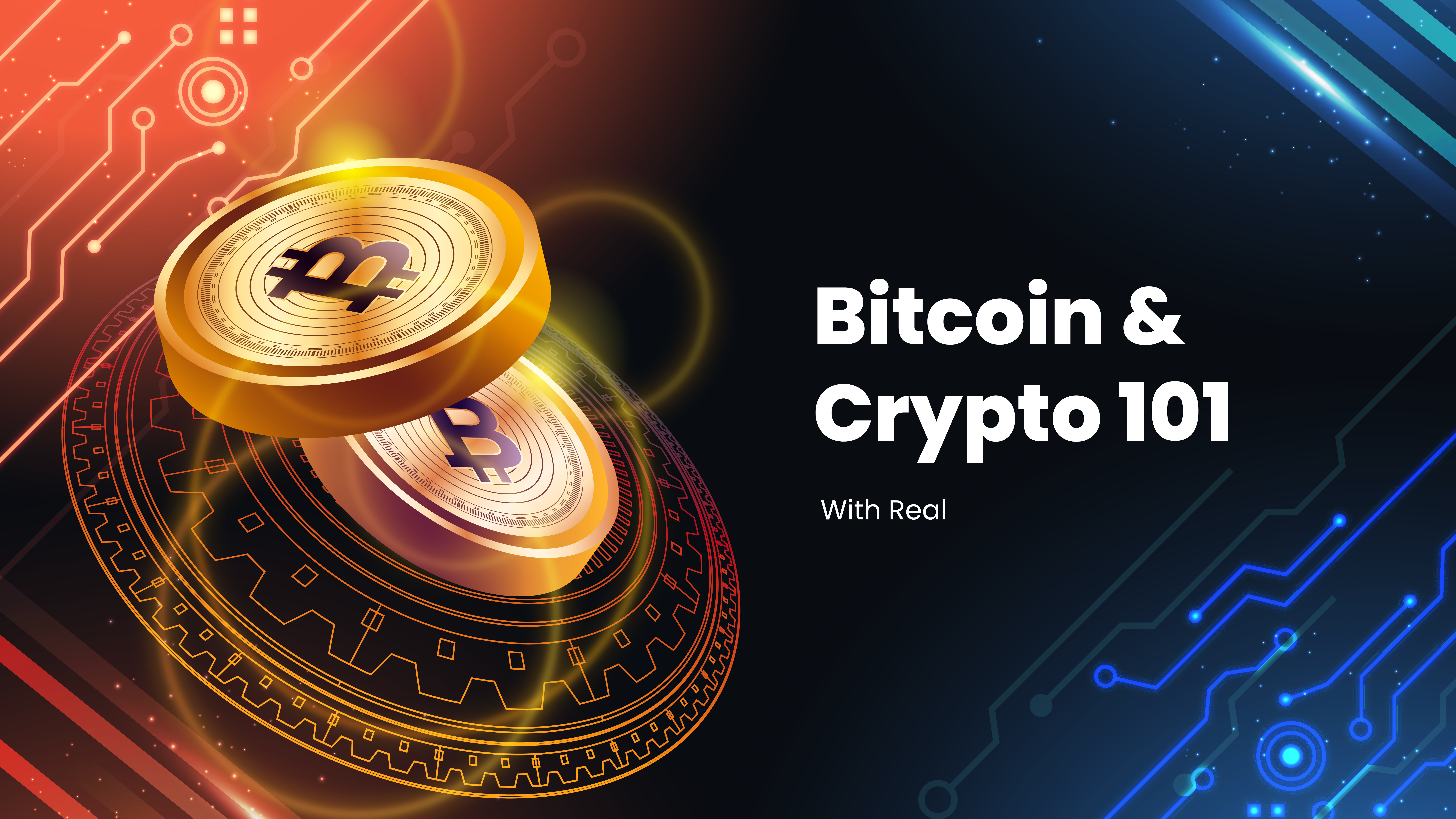Welcome to the vibrant world of crypto altcoins! This guide is designed to introduce you to the essentials of altcoins and their various categories, including Layer 1s, Layer 2s, gaming, DeFi, and meme coins. Let’s dive in!
What Are Altcoins?
Altcoins, short for “alternative coins,” are cryptocurrencies other than Bitcoin. They offer diverse functionalities and innovations, aiming to improve upon or offer different use cases than Bitcoin.
Layer 1 Cryptocurrencies
Layer 1s are the foundational blockchains that form the bedrock of the cryptocurrency world. They are independent networks that validate and finalize transactions, and maintain their own native tokens. Examples include:
- Ethereum (ETH): Known for smart contracts and dApps.
- Cardano (ADA): Focuses on a research-driven approach to design.
- Solana (SOL): Offers high throughput and fast transactions
Layer 2 Solutions
Layer 2s are built on top of Layer 1 blockchains to enhance scalability and transaction speed. They handle transactions off the main chain, then record them on Layer 1, maintaining security while increasing efficiency. Notable examples are:
- Lightning Network: For Bitcoin, it facilitates faster transactions.
- Arbitrum and Optimism: Layer 2s for Ethereum that use rollups to improve scalability
Gaming
Crypto gaming integrates blockchain technology into video games, allowing players to earn cryptocurrency and NFTs through gameplay. This sector is rapidly growing, with games like:
Axie Infinity (AXS): Players earn tokens through battles and breeding creatures.
The Sandbox (SAND): A virtual world where players can create and monetize content
DeFi (Decentralized Finance)
DeFi represents a shift from traditional, centralized financial systems to peer-to-peer finance enabled by decentralized technologies built on Ethereum and other blockchains. It includes:
- Lending and borrowing platforms: Like Aave and Compound.
- Decentralized exchanges (DEXs): Such as Uniswap and SushiSwap
Meme Cryptocurrencies
Meme coins are cryptocurrencies inspired by internet jokes or memes. Despite their light-hearted origin, some have achieved substantial market caps, such as:
- Dogecoin (DOGE): The original meme coin with a strong community.
- Shiba Inu (SHIB): Known as the “Doge Killer,” it has a passionate following
This guide offers a snapshot of the diverse and innovative landscape of crypto altcoins. Each category has its unique features and communities, contributing to the cryptocurrency ecosystem. Dive in, explore, and always remember to do your own research before investing!




